The rich tapestry of traditions, cultures and religions makes India a place of diversity. Among them, Sikhism holds a special place in the hearts of people. Multiple gurudwaras serve as a significant place of worship across the country. While you must have known about Sikhism, it is time to delve into the lives of legendary Sikhs. Many Sikh gurus impacted the lives of humans through constant advancements in social settings. That’s exactly how we must know of Guru Amar Das, the third Sikh Guru.
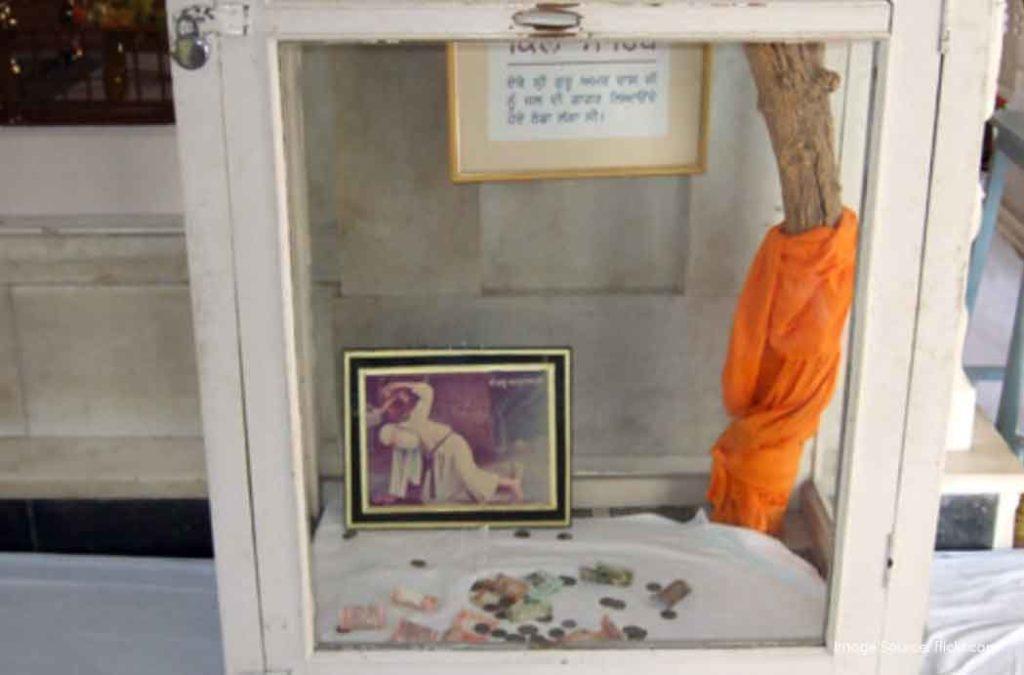
Guru Amar Das is the 3rd guru worshipped in Sikhism. He is a prominent figure not only in the respective religion but also for the rights of women. Surprisingly, he became the third Sikh Guru at the age of 73. While most people retire at the age of 60, Guru Amar Das started his religious journey in his 70s. Despite that, he was a powerful leader who stood against the wrong with the utmost courage and humble nature. Let’s learn more about the third Sikh Guru in this blog.
Early Life and Background
Did you know Guru Amar Das had not been a Sikh since his birth? Yes, Guru Amar Das was born into a Hindu family. He studied Hinduism extensively and followed its practices. Tej Bhan and Mata Lachmi Devi, his parents, welcomed Amar Das on 5th May, 1479 in Barsake. It is a small village in the city of Amritsar.
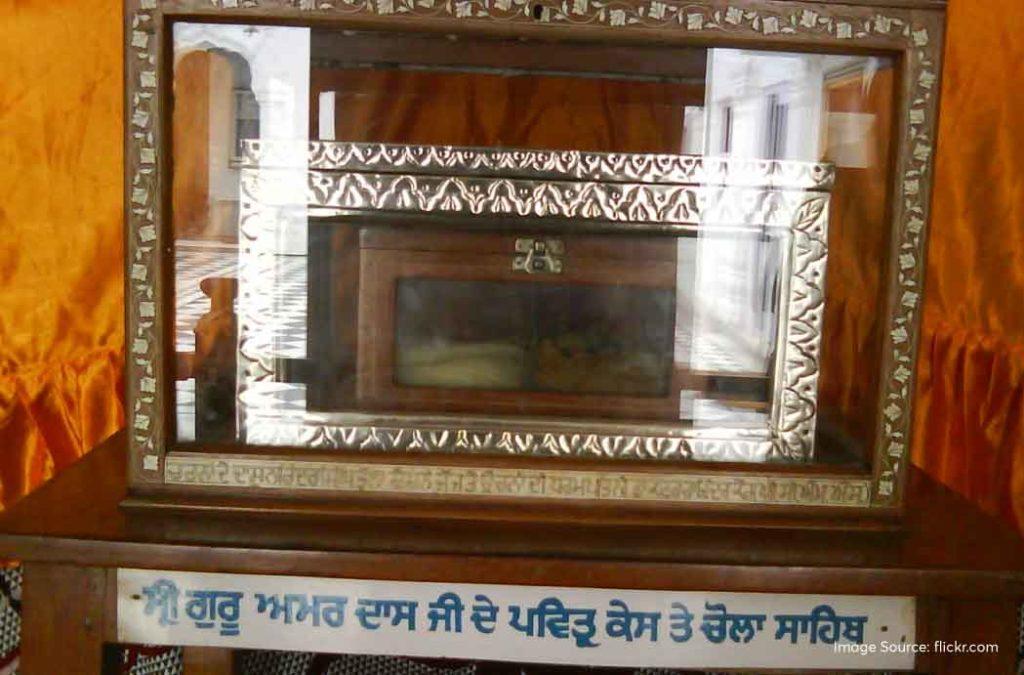
He followed Vaishnava dharma and learned the basics of agricultural activities. It is vital to know that he was a devotee of the Hindu deities, which is reflected in his later life. Considering the ancient traditions and customs, Amar Das was married to Mansa Devi in his early 20s. He also had four children with his beloved wife.
Guruship and Leadership
Amar Das was born into a Hindu family and he was evidently driven towards the various pilgrimages. He went on around 20 pilgrimages throughout his life. He discovered the Himalayas and even attended the religious Ganga Aarti in Haridwar. It was only during his pilgrimage that his life took a turn. Guru Amar Das met a spiritual monk and got into a conversation with him. That’s when the monk questioned as to why Amar Das does not have a guru (a spiritual teacher or guide).

Amar Das pondered the same and began his search for a guru. He wanted to learn more about religious practices and spiritual solace. On his search, he accidentally heard Bibi Amro singing a rhythmic hymn by divine Guru Nanak Ji. Bibi Amro was married to Amar Das’ nephew. She was also the daughter of Guru Angad, the second Sikh Guru.
Amar Das was keen to know more about the hymn as well as Guru Angad. He took the opportunity to learn about the guru through Bibi Amro. Upon understanding the teachings and Guru Angad’s role, he decided to make him his spiritual teacher. Interestingly, Guru Angad was younger than Amar Das; however, he agreed to be his spiritual guide. It was at the age of 60 when Amar Das learned about Sikhism.

Guru Amar Das: Major Contributions and Innovations
Amar Das was disciplined to serve Guru Angad in every form. It is also known that Amar Das woke up early and fetched water for his Guru. He ensured to be a part of everyday activities along with Guru Angad. Right from cooking and cleaning to meditating, he dedicated himself to the service of his Guru. The second guru of Sikhs, Guru Angad, was pleased with the behaviour and service of Amar Das. So, he nominated Amar Das as his spiritual successor or the third Sikh guru, on 29th March 1552.
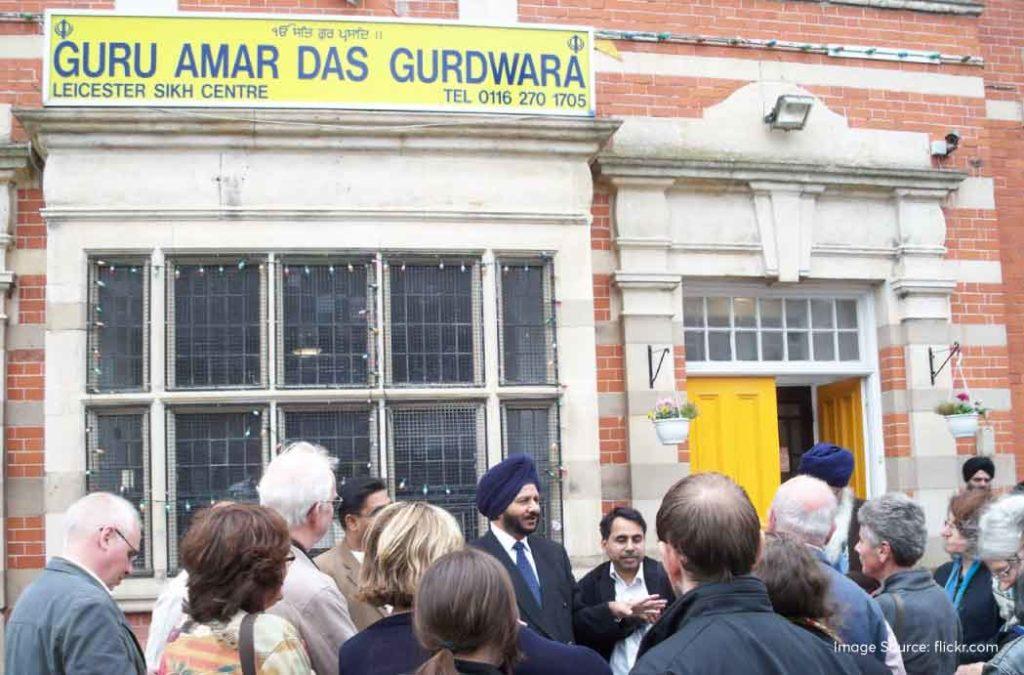
Becoming a guru also came with a lot of trials and tribulations for Amar Das. Guru Angad’s son, Data, did not approve of him as the spiritual successor. He, in fact, pointed out that Amar Das was only someone who fetched water every day. He even kicked Guru Amar Das from his seat, as he could not stand against the fact that he did not get the seat. That’s when Guru Amar Das moved to Goindwal.
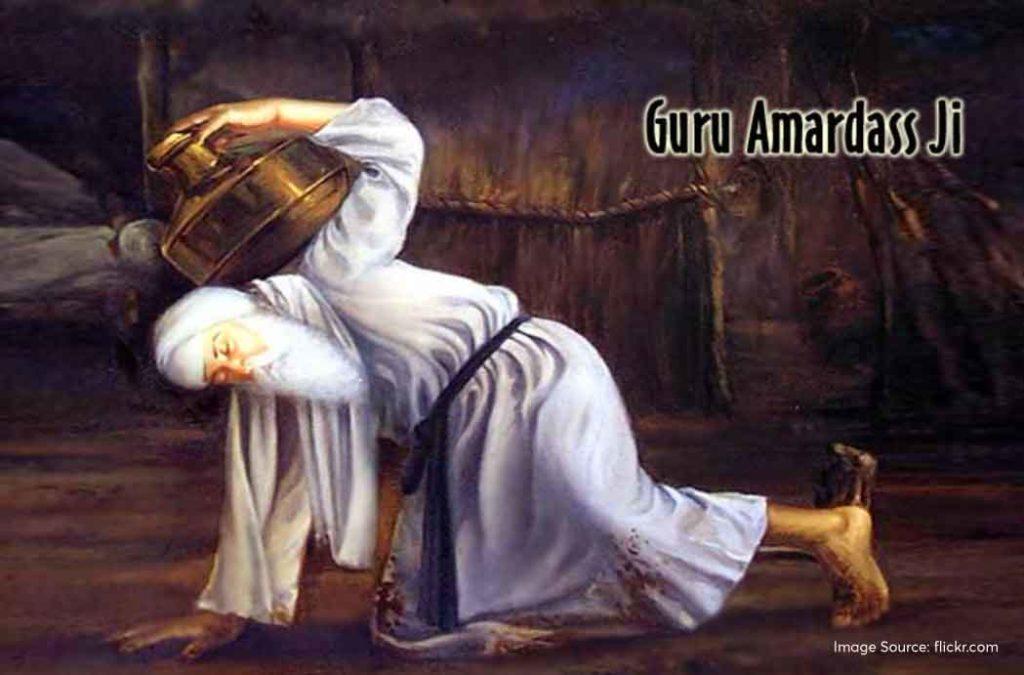
Guru Amar Das worked effortlessly for the people of Goindwal. He established it as the centre of Sikhism and attracted many followers. He commissioned the construction of a stepwell for Sikhs to gather for prayers and meditation. He even expanded the tradition of Langar during his time in Goindwal.
Later, Guru Amar Das retired from Goindwal and was persuaded by Baba Buddha to return. Even Datu stepped back from his position as the guru. It was Guru Amar Das who introduced the Manji system in Sikhism. Manji was basically a group of Sikhs under a leader, Majindar. 22 manjis were established for the propagation of the religion. Majindars were responsible for educating and spreading awareness about Sikhism. The Manji system inspired structure-oriented practices and traditions in Sikhism.

Langar is a community kitchen in Gurudwaras across the globe. In bygone eras, many places of worship had community kitchens offering free food. However, these kitchens were restricted to a certain religion. That’s when the concept of langar was introduced by Guru Nanak Devji. It allows people from all walks of life to take part in langar at gurudwaras. However, it was Guru Amar Das who enforced this concept. Whoever wished to meet him was bound to be a part of the langar before the meeting.
You can also be a part of Prakash Purab, a celebration that commemorates the birth of the Sikh Gurus.
Teachings and Philosophies
Guru Amar Das not only learned from Guru Angad but also developed his own spiritual knowledge. He emphasised serving the community and treating every individual with equal respect. He also inspired the practice of waking up early, serving the Lord, offering seva at places of worship and indulging in prayers.
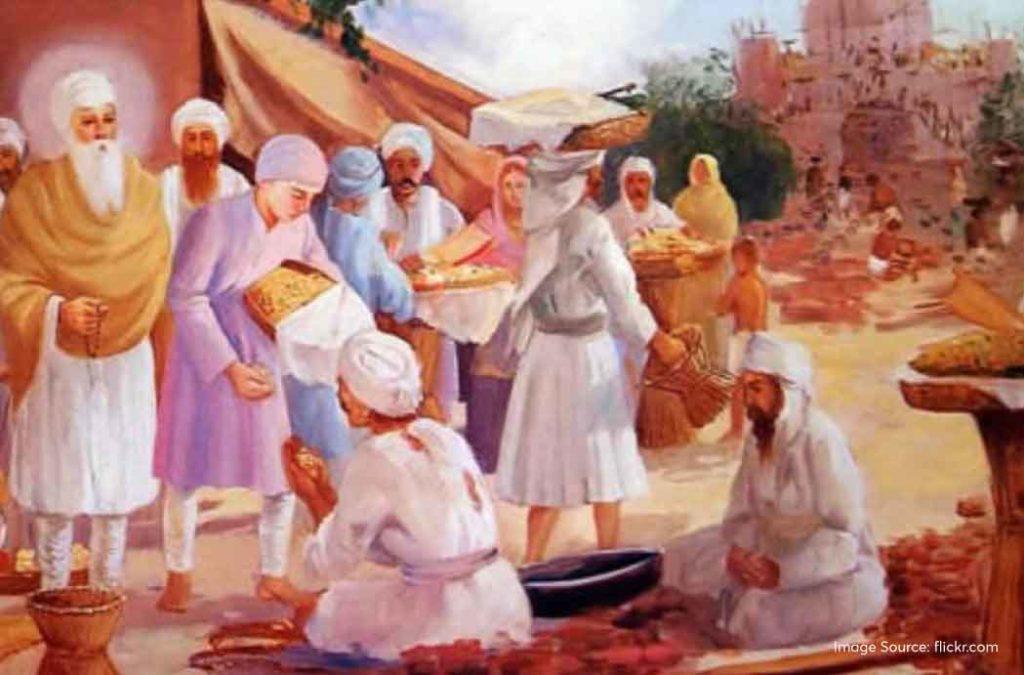
Guru Amar Das was always fond of different hymns. He in fact collected approximately 900 hymns, which are now part of the Guru Granth Sahib. One of his famous hymns is the Anand hymn, which is an important part of Sikhism. It is sung during marriages, which is why it is also known as Anand Karaj. Certain parts of his hymn are also sung during religious ceremonies. It is a fusion of Hindi and Punjabi.
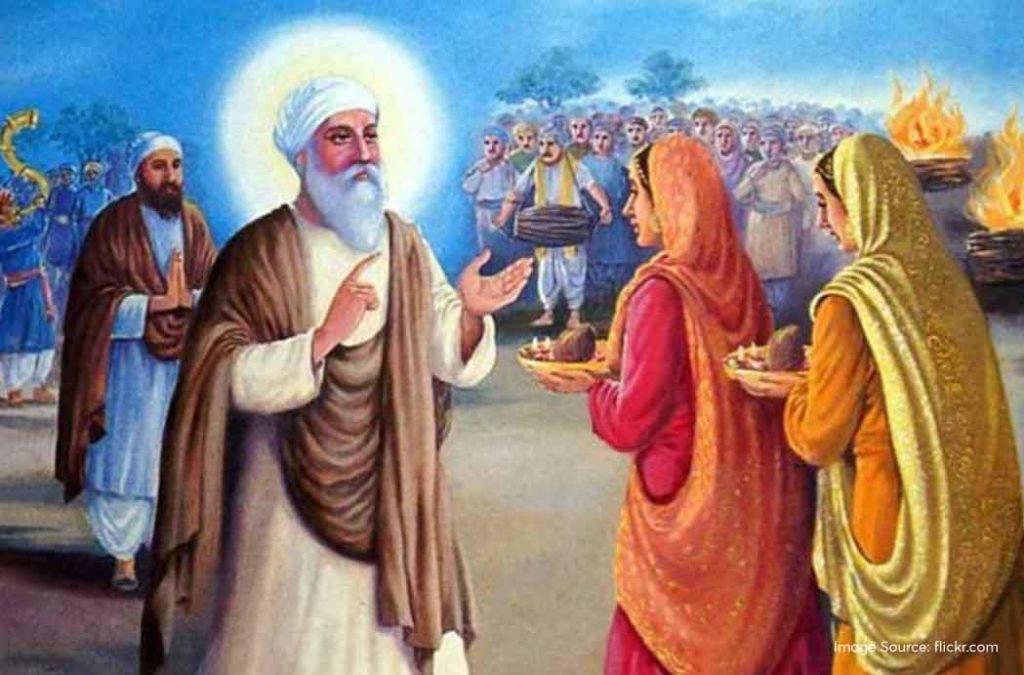
What’s more? Guru Amar Das was completely against the practice of Sati. He opposed the traditional practice and fought for the rights of women. He expressed the idea that the death of a husband is already a destructive thought for the wife. There was no need for the wife to sacrifice her life after the devastating news. Guru Amar Das encouraged widow marriage and gave meaning to the life of a woman. Moreover, he was also positive about inter-caste marriages since he believed that it was a union of two souls, no matter the religion.
Interaction with Contemporary Leaders
Stories take you to unknown worlds. So is the case with Akbar’s meeting. It is believed that Akbar met Guru Amar Das just like everyone else. He attended Langar and then met the Guru for the first time. After a great conversation, Akbar also attended the sangat with the guru. It is believed that the Sikh Guru asked Akbar not to collect taxes from pilgrims travelling to Haridwar.

Guru Amar Das met many of the prime leaders and emperors of his time. However, he always remained firm about the fact that everyone had to attend the langar before seeing him. His devotion to the religion made him a significant figure in Sikhism. His ideas of equality, honesty and oneness differentiated him from the world out there. It is also known that Guru Amar Das selected the site of the famous Golden Temple.
Legacy and Succession
Guru Amar Das, revered by Sikhs and society alike, faced the challenge of choosing his successor from among his four children and two sons-in-law. Conducting tests to discern the most worthy, he ultimately appointed Bhai Jetha, his son-in-law as the next guru.
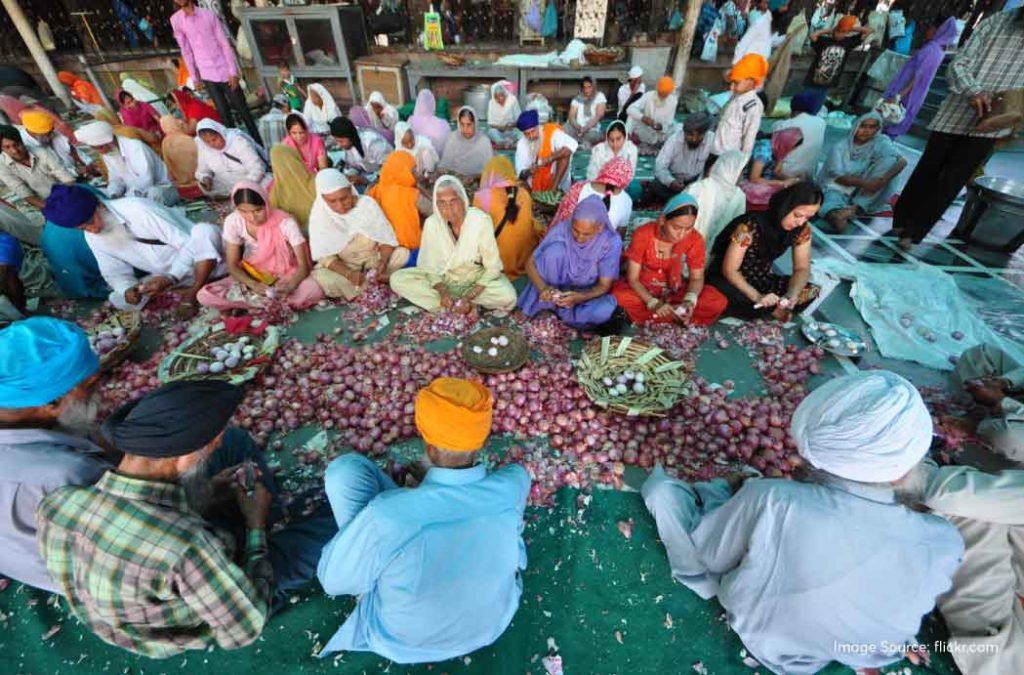
Bhai Jetha, who relocated from Lahore to Goindwal during his childhood, earned his place as Guru Amar Das’s successor through devotion and obedience. Later, he was renamed Guru Ram Das, meaning the slave of God. Guru Ram Das proved to be a significant leader and a spiritual teacher to many Sikhs. He expanded the Manji system and transformed various practices.
Conclusion
A common man who was born as a Hindu and left the world as a Sikh; that’s how we know Guru Amar Das. It was his enduring legacy that inspired millions out there. Receiving the love and discipline of a guru at the age of 60, he never glanced backwards. With sheer determination and courage, he kept doing the right thing and propagating Sikhism. Moreover, he clearly emphasised celebrations during festivals to encourage community gatherings.
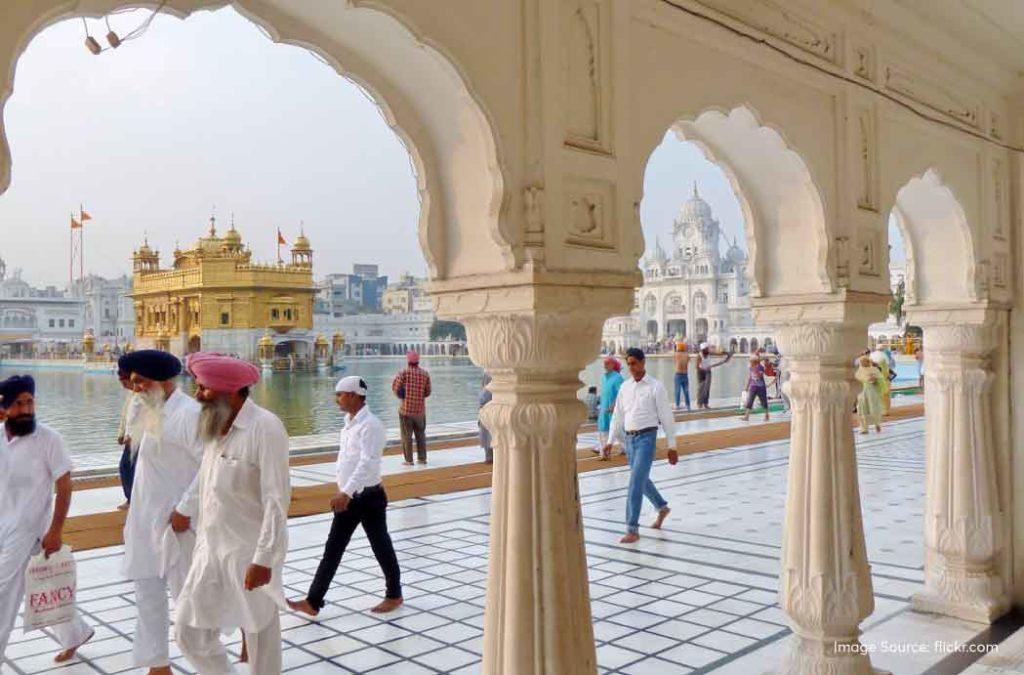
Transformative practices and laying the foundation of structured systems made Sikhism a prosperous religion. The idea of oneness and honesty won the hearts of people and still continues. It is indeed rare to know about the greatness of such gurus who modified the systems for the community, no matter the religion. Guru Amar Das stands as a holy figure of grace, glory and consistent efforts.



